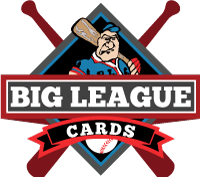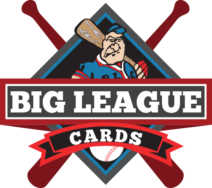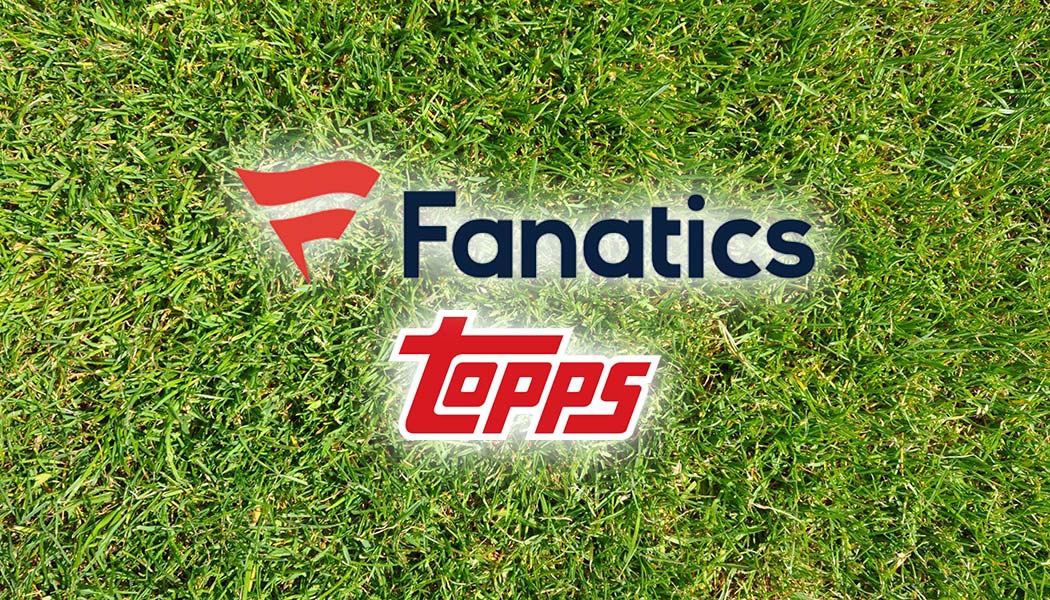Inside the Pack: Fanatics Buys Topps; What’s Next for the Company?
A months-long saga came to an amicable resolution last week, as Fanatics Trading Cards acquired the sports and entertainment division of Topps for somewhere in the neighborhood of $500 million. After Panini acquired the licenses to make MLB cards over the next few years, Topps was staring at the possibility of making cards with team logos but not player names for the next few years, and nothing at all starting in 2026. I had previously written about Topps’s ability to survive absent a Fanatics buyout, but this move gives Topps the ability to thrive.
The acquisition answers a lot of questions. First, we now know that the Topps name and its inventory of designs and intellectual property will live on. Through their various social media posts and media appearances, it seems Fanatics plans to keep the Topps name on cards. What’s more, all Topps employees and printing facilities are being retained as well. This means that collectors like us should see little to no change in the short term, just like we saw no real change when Michael Eisner and investment firms bought Topps in 2007. For now, it’s business as usual.
This also answers the question of what would happen in 2023, 2024, and 2025. One of the most confusing aspects of the Fanatics licensing deal was that it would have the rights to active players starting in 2023, but not teams until 2026. This would have potentially resulted in Topps making cards of retired players and prospects, with Fanatics making airbrushed Panini-like cards, for the three-year period. This acquisition allows cards of current players in their current uniforms to be produced without a hiccup.
Interestingly, the acquisition does bring up several new questions. The biggest question is regarding Panini. The company is losing its NFL and NBA licenses to Fanatics in 2026. Both are extremely valuable properties with a high degree of popularity. Panini could continue with business as usual for the next few years, losing only their ability to make unlicensed baseball cards after this upcoming season.
Fanatics, however, may be drawn to buy Panini. The ability to make NBA and NFL cards as soon as next year must be tempting, and now that Fanatics has acquired Topps, they would be able to do Topps and Bowman Chrome NBA and NFL cards, giving a whole generation of players the cards that resonated with a whole generation of collectors. On the flip side, Panini has the rights to make World Cup cards, and with the event occurring later this year, there will be a huge boon to sales on their ledger this year. Fanatics may not wish to pay in advance for sales that happen only once every four years. They may also decide to get things up and running with baseball, and wait until their licensing deals for basketball and football kick in in 2026.
There are also questions about the other brands, namely Upper Deck and Leaf. Leaf likely holds very little value to a larger card manufacturer, but could hold a ton of value for another company making headway in the hobby, like Collectors Universe, which owns PSA and Goldin Auctions. But Upper Deck, which not only holds the NHL license but also has exclusive autograph contracts with Lebron James and Michael Jordan as well as access to all of the legacy Fleer brand names, would hold a ton of value to either Panini (should they choose to attempt to muster a defense against Fanatics) or Fanatics, if they want to try to accumulate all sports in one place.
With collectors all but assured that the Topps brand will live on, most of us can breathe a heavy sigh or relief. But we all seem to know — or, at least, anticipate — that there’s another move in the offing. What that ends up being is anyone’s guess.




